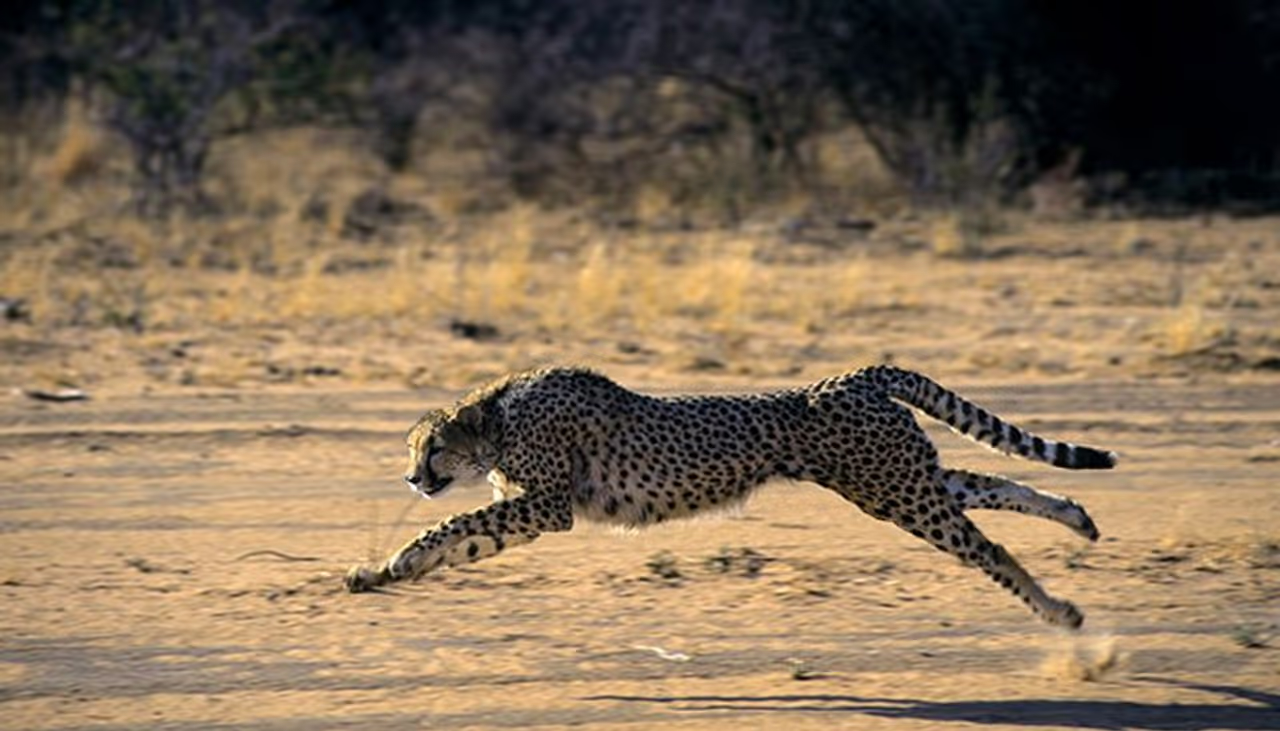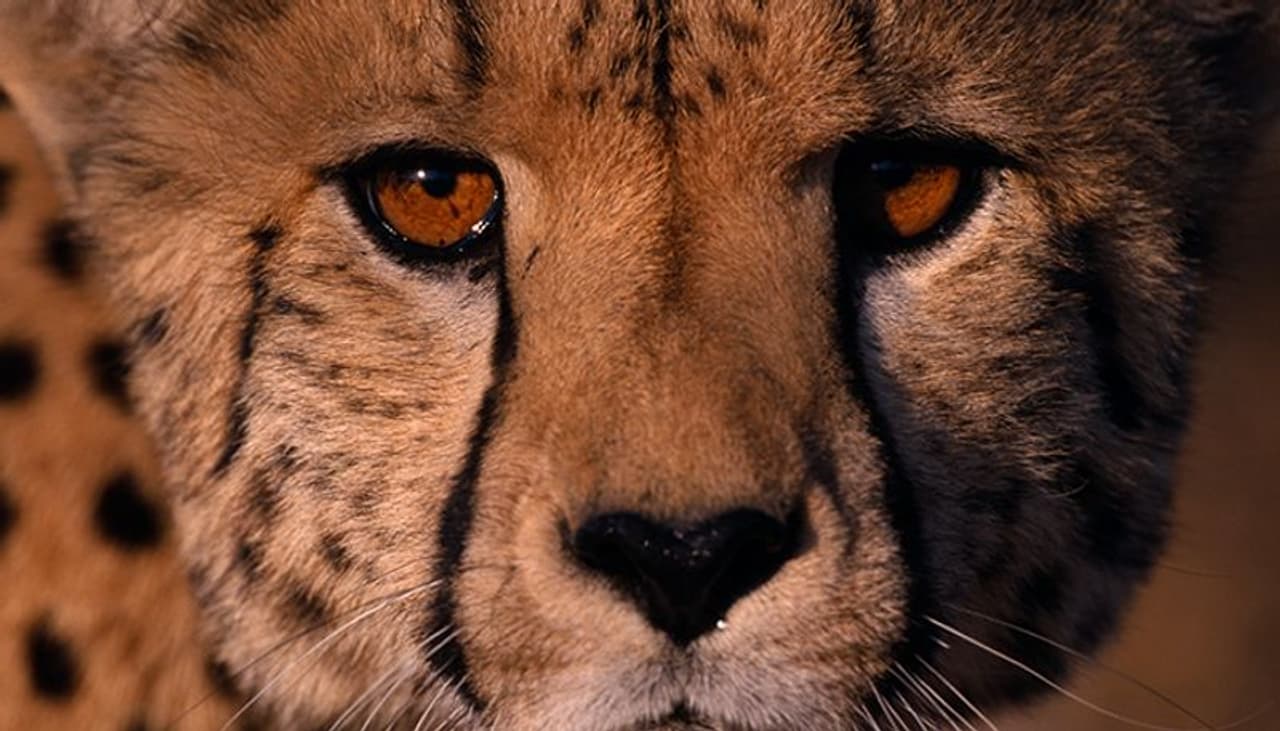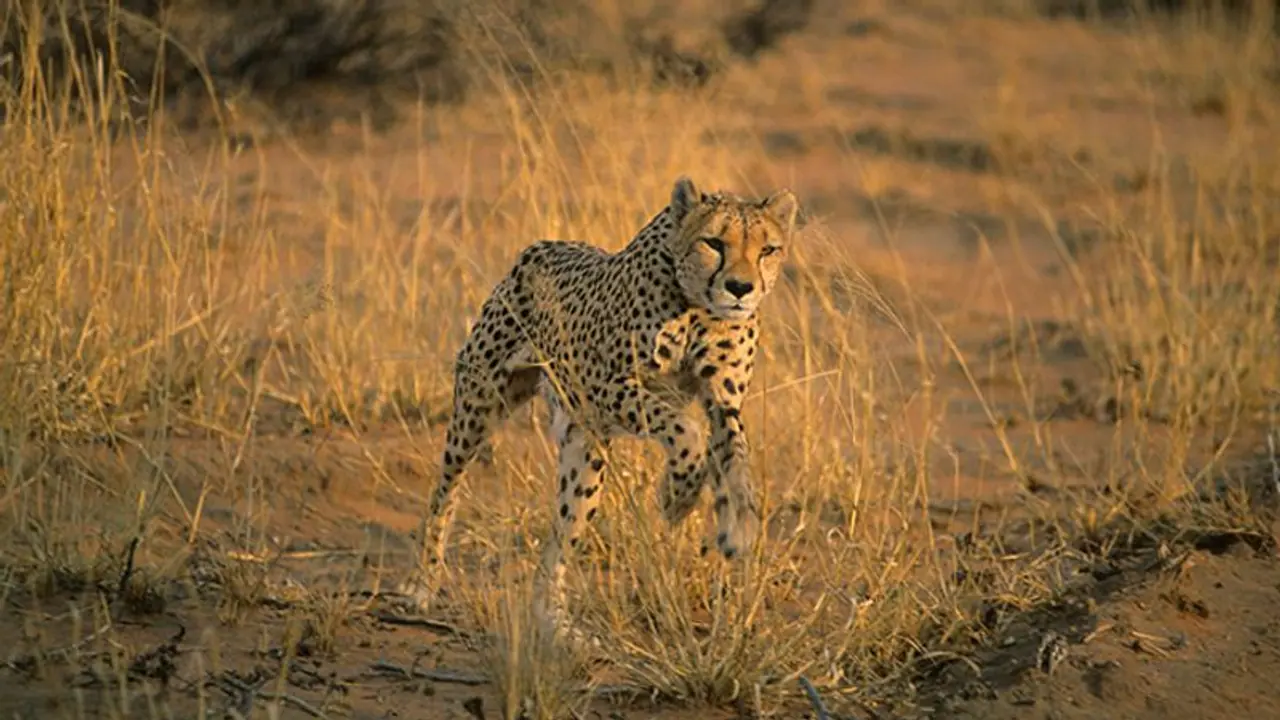Did you know that a cheetah can clock 100 metres in just three seconds, faster than most cars, but cannot maintain its top speed for more than half a minute?
Did you know that a cheetah can clock 100 metres in just three seconds, faster than most cars, but cannot maintain its top speed for more than half a minute? Usain Bolt, the Olympic champion and the world's fastest man, can reach a top speed of 44.72 kmph.

Here are some facts about the animal as Prime Minister Narendra Modi released eight cheetahs transported from Namibia in Madhya Pradesh's Kuno National Park.
According to Delhi-based wildlife journalist and author Kabir Sanjay, the animal is renowned for its incredible speed rather than its endurance.
"The cheetah is a sprinter and not a marathon runner. Since it cannot sustain speed chases for long, it must catch the prey in 30 seconds or less. If the cheetah fails to make a kill quickly, it gives up. Hence, it has a dismal hunting success rate of 40 to 50 percent," he said.

Even when the cheetah succeeds in catching its prey, it usually has to rest for a considerable amount of time following the chase. This explains why other carnivores like wild dogs, hyenas, and leopards frequently rob their prey. The cheetah can be driven away by vultures as well.
Sanjay says it does not have the same power and strength as other big cats in his book 'Cheetah: Bharatiya Janglon Ka Ghum Shehzada'.
The senior journalist says the animal's body is designed for speed: large lungs and nostrils to take in a lot of oxygen and an oversized heart to quickly pump a lot of blood containing oxygen around its body.
Cheetahs have a slim, flexible body with a softer spine that can bunch and spread like a coil; a small head which reduces air resistance, and long, thin legs which help them take bigger strides.
Also read: Meet the eight Namibian cheetahs that will run on the Indian grasslands after 70 years
The foot pads of cheetahs are more rigid and less rounded than those of other cats. The pads function like tyre treads providing them with increased traction in fast, sharp turns, according to the Namibia-headquartered non-profit Cheetah Conservation Fund (CCF), which is coordinating with the Indian government to reintroduce the animal in the country.
Their long, muscular tail acts as a rudder, stabilising the animal and providing a counterbalance to its weight. During high-speed pursuits, abrupt acute bends are possible thanks to the tail's constant adjustment to the movement of the prey.

The species' eyes and mouth are connected by unique black tear streaks. The stripes shield the eyes from the glare of the sun. According to the CCF, cheetahs' eyes serve the same purpose as rifle scopes by allowing them to focus on their target from a distance.
Cheetahs are active during the day, unlike other big cats; they hunt in the early morning and late afternoon. Gazelles, antelopes, birds, hares, and rodents are among their prey. They typically hunt wild animals instead of household livestock.
ALSO READ: Return of Cheetah will end major headache for farmers in Gwalior-Chambal region
According to Saurabh Vashishtha, range officer at the Delhi zoo, cheetahs may hunt livestock even though they are ill, hurt, old, young, or unskilled. Every two to five days, a single adult cheetah goes hunting. Every three or four days, they must hydrate. Female cheetahs, according to him, live alone.
They only form pairs to mate and then remain with each other as the cubs are raised. Males are typically solitary, however brothers will frequently coexist in coalitions and engage in joint hunting.
The majority of the day is spent sleeping for cheetahs, who are barely awake during the hottest hours. Cheetahs don't roar like other big cats like lions, tigers, leopards, and jaguars do. When there is danger, they growl; otherwise, they typically simply chirp, purr, and meow.
Cheetahs give birth in just 93 days, and the litter may have as many as six kids. In the wild, they typically live between 10 and 12 years.
According to Vashishtha, they can survive for 17 to 20 years in captivity. Compared to unprotected regions, cub mortality is higher in protected places like national parks and wildlife reserves, where closeness to major predators is greater. Only one in ten cubs survive the first few months in such areas.
ALSO READ: Once a dreaded dacoit, Ramesh Sikarwar is today a 'Cheetah Mitra'
(With inputs from PTI)
